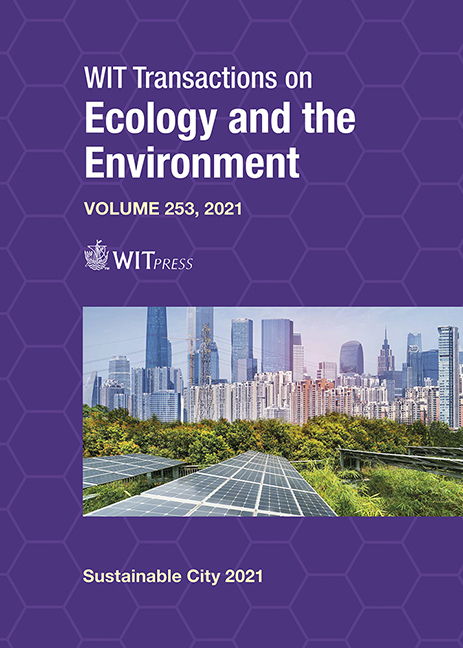STUDY ON EFFECTIVENESS OF SHINKANSEN STATION CATCHMENT AREA: A CASE STUDY OF FUKUSHIMA SHINKANSEN STATION, JAPAN
Price
Free (open access)
Transaction
Volume
253
Pages
14
Page Range
499 - 512
Published
2021
Size
1,807 kb
Paper DOI
10.2495/SC210411
Copyright
Author(s)
KITTIPONG TISSAYAKORN, FUMIHIKO NAKAMURA, SHINJI TANAKA, RYO ARIYOSHI, SHINO MIURA
Abstract
Transit-oriented development (TOD) in Thailand is the hot issue for mega-infrastructure projects, especially the high-speed rail project connecting Thailand’s capital Bangkok to Nakhon Ratchasima province currently underway because TOD is a meaningful tool to promote and support sustainable development for the high-speed rail project. However, Thailand does not have the practical know how to make it happens. Nakhon Ratchasima high-speed rail hub is one of the high-speed rail stations in the high-speed rail project and representative of Thai high-speed rail station in terms of potential and necessity of development because of large gross provincial product (GPP), municipality size, travel distance from the origin, ridership, vacant land around the hub, and availability of feeder services. Meanwhile, Japan is a proven methodology among several countries and uses TOD as a strategy for sustainable development. Fukushima shinkansen station is the best practice and lesson learned for Nakhon Ratchasima high-speed rail hub on the basis of international comparison by type of station, size of station, travel distance, and travel time perspective. On top of that, not only the research problems in the TOD do not identify but also the high-speed rail/shinkansen station catchment areas do not take into account for the first year of operation. This research evaluates the size of the Fukushima shinkansen station catchment area by utilizing a dense network and land value approach and compares it with the existing works of academic literature. The results show Fukushima shinkansen station catchment areas are 12.4 and 17.6 km based on dense network and land value, respectively. This station catchment area is denser than only California cities because of the limitation of land that led to developing the urbanization. Meanwhile, the population factor and industry factor have a significant impact to drive the change in land value.
Keywords
dense network, high-speed rail/shinkansen station, international comparison, land value





